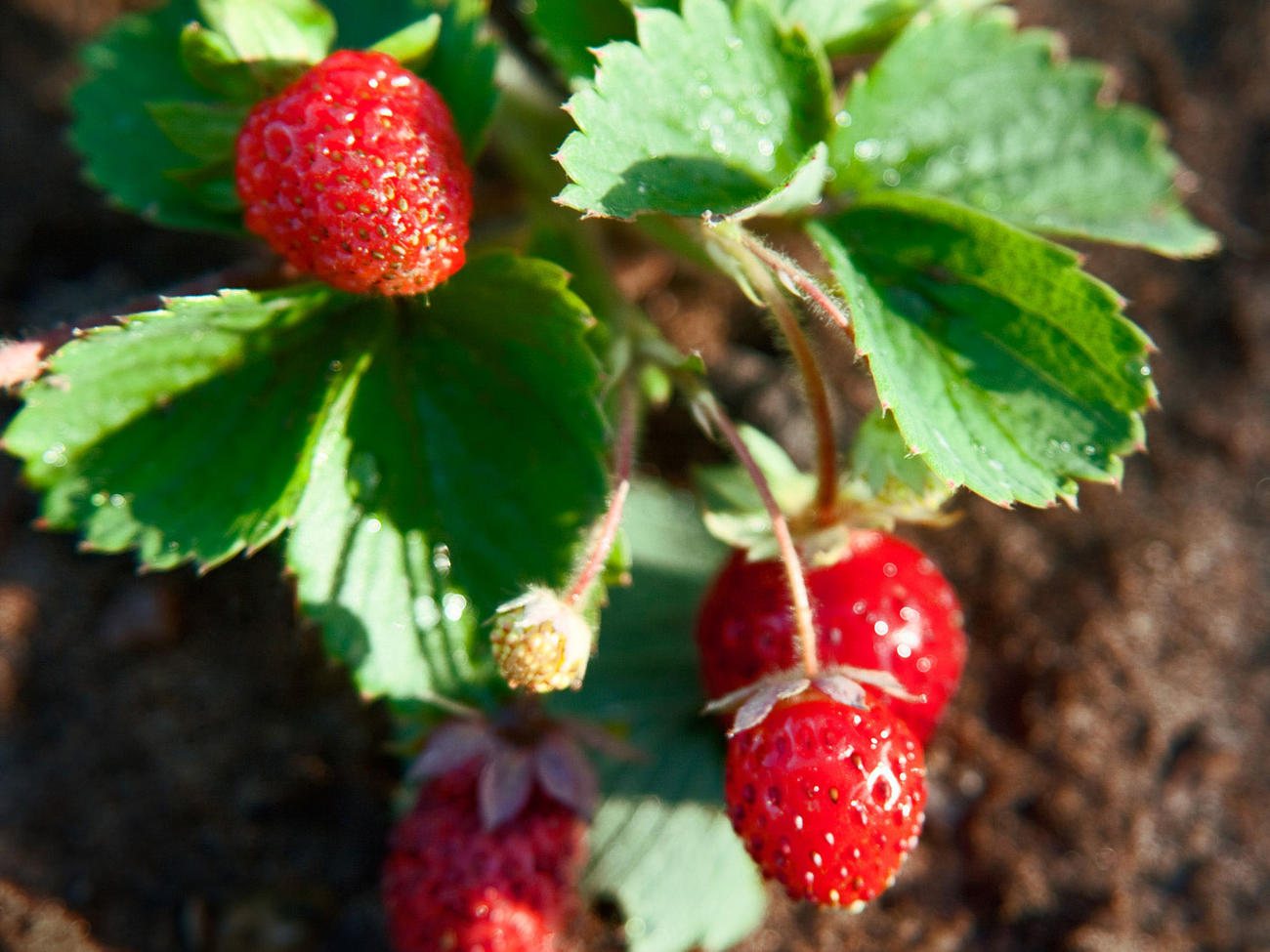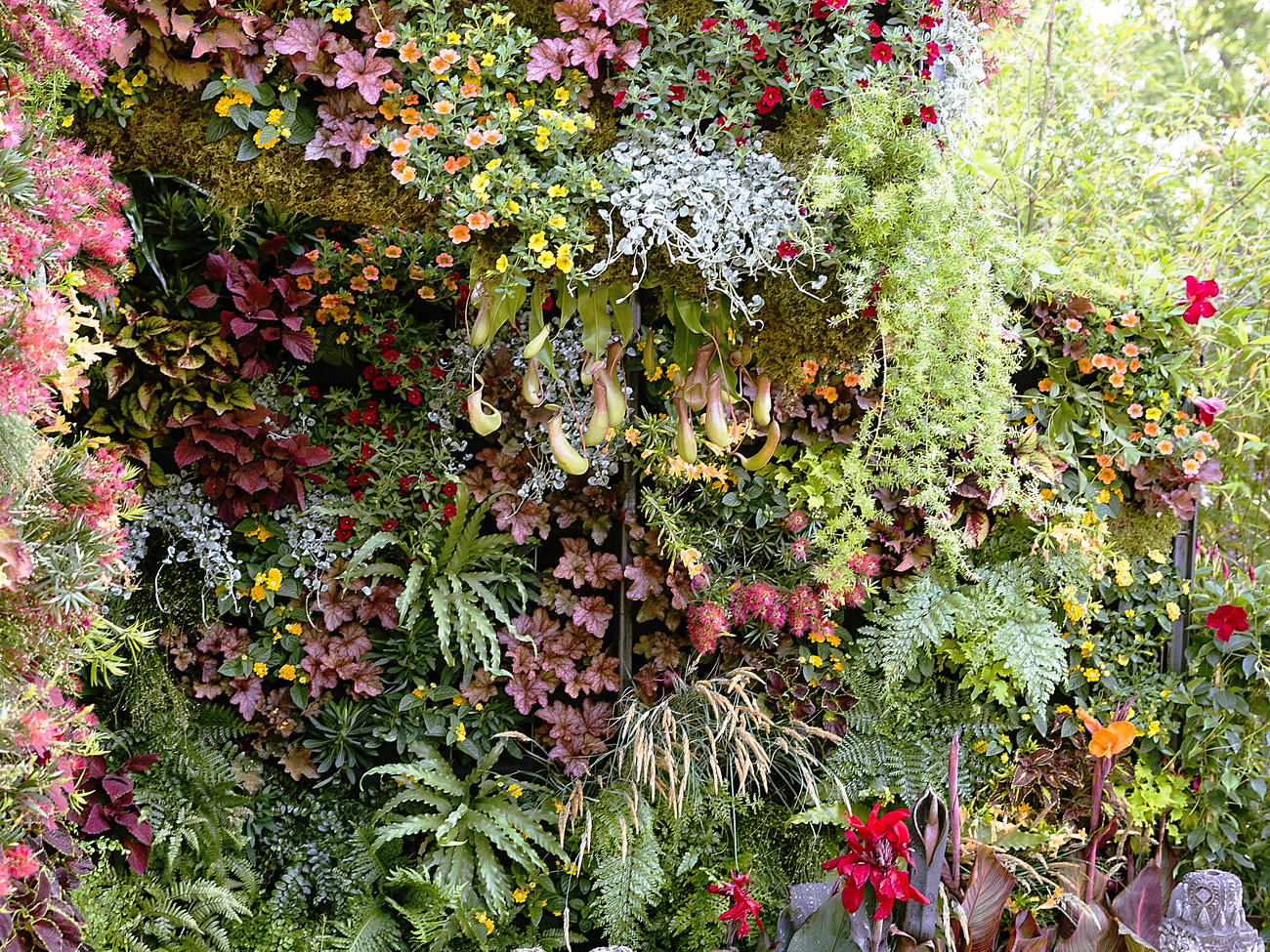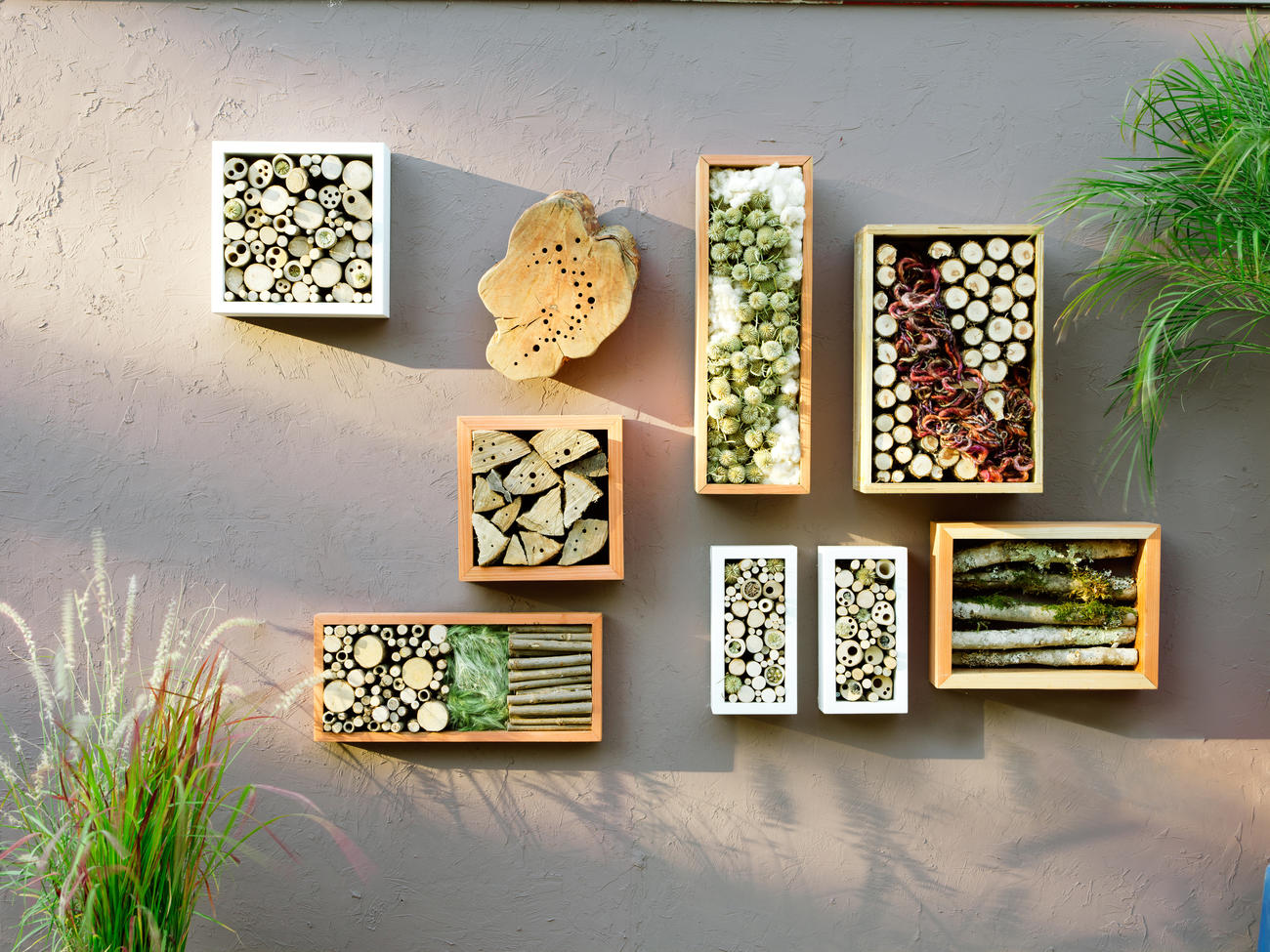
Your Essential Gardening To-Do List for May and June
All the tips you need to get your garden thriving this spring
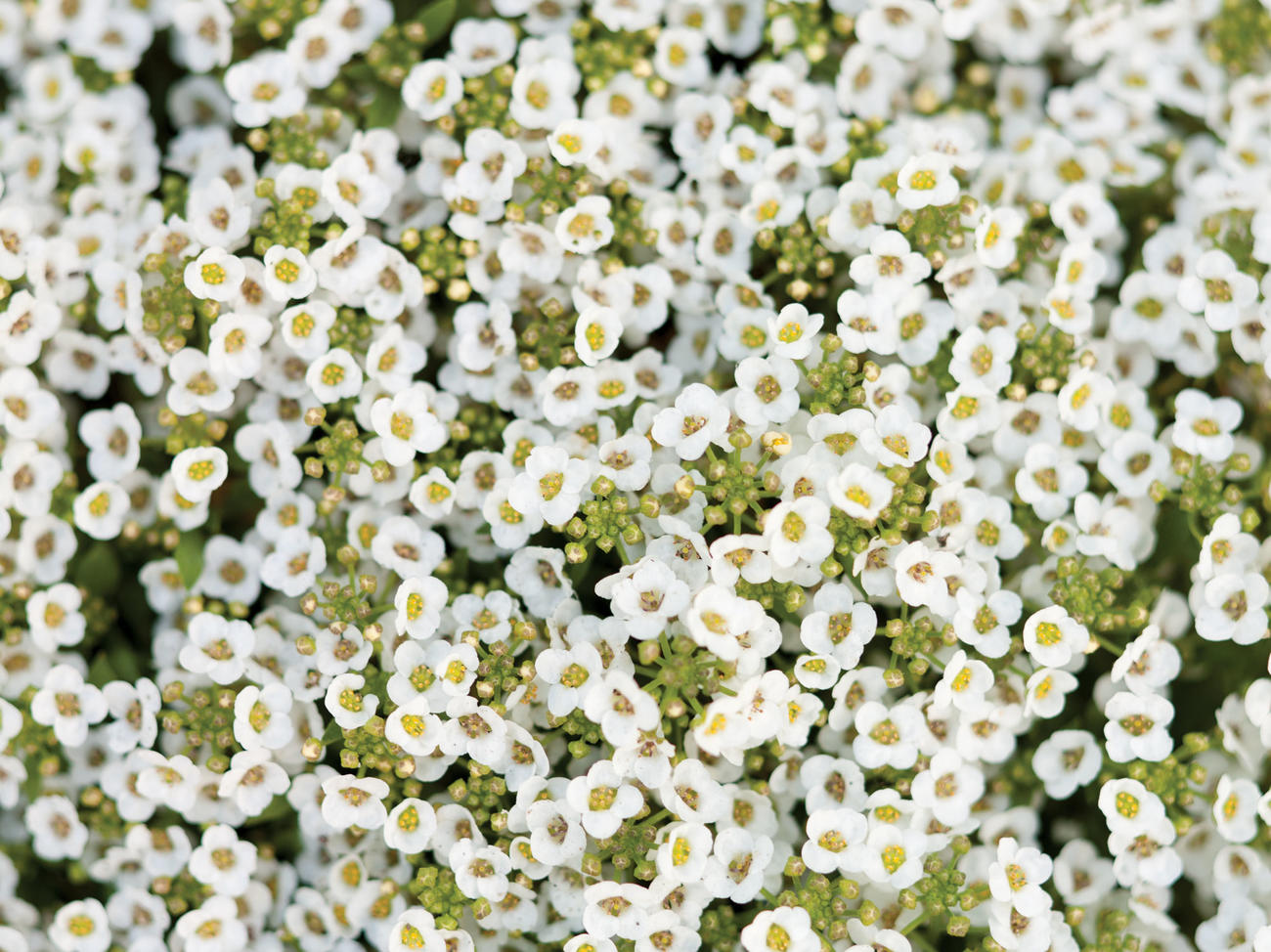
Andrea Gomez Romero
Plant
You can introduce all kinds of trees and shrubs, but be diligent about summer irrigation. Sow seeds of beans, corn, cucumbers, and squash directly in soil when evening temperatures stay around 50°. Keep tender sprouts moist—a hot, dry spell will fry them. Before planting, amend beds with 4 to 6 inches of compost.
If you like color and can embrace a little chaos, sow reseeding flowers, including blue honeywort, forget-me-not, golden feverfew, love-in-a-mist, sunflower, and sweet alyssum. These unfussy, drought-tolerant annuals will cheerily pop up for years to come.
Many normal-size pumpkins need around 110 to 120 days to mature, so you’ll want to start sowing seeds between late May and the first of July. Varieties such as ‘Cinnamon Girl’ and ‘Winter Luxury’ (available at johnnyseeds.com) are great choices for pies. For decoration and pies, try ‘Musquee de Provence’ (botanicalinterests.com). If you’ve never grown pumpkins before, a mini version such as ‘Mini Jack’ (reneesgarden.com) is a forgiving and quick-maturing choice.
There’s still time to start annual flowers from seed, including cosmos, marigold, nasturtium, sunflower, sweet alyssum, and zinnia. For faster bloom, buy seedlings. To attract butterflies to your garden, plant aster, buddleja, sweet William, Mexican sunflower (Tithonia rotundifolia), milkweed, and pipevine.
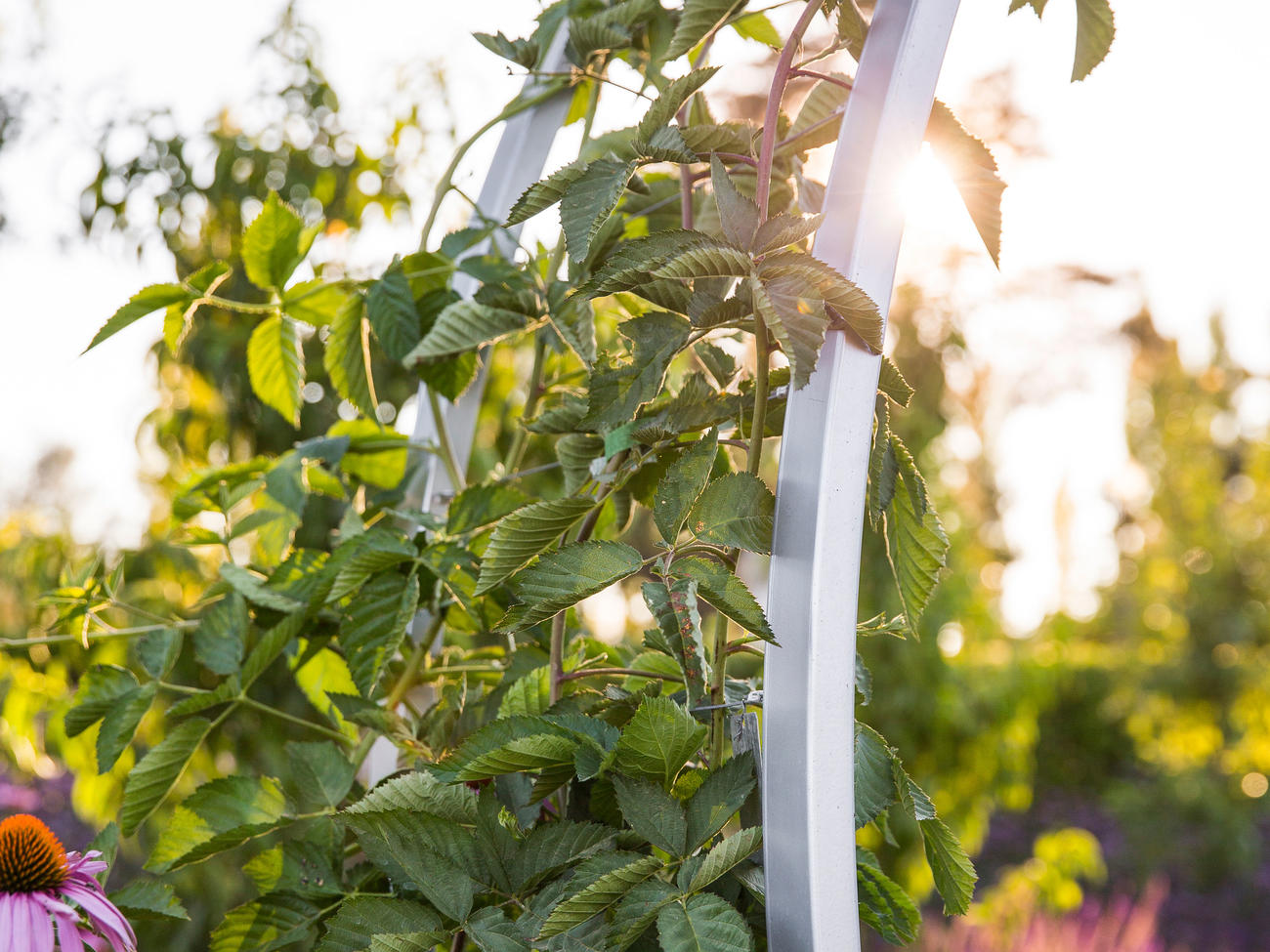
Maintain
Help tomatoes pollinate by flicking each bloom with a fingernail during the driest part of the day, two or three times per week. Shake big plants to spread their sticky pollen.
Use trellises to support vine crops for greater fruit production. Climbers are easier to pick this way and are not as messy, and the crop is less prone to slugs, snails, and ground rot.
Are critters causing trouble in your garden? Try deer- and rabbit–resistant perennial flowers, including agastache, artemisia, lavender, monarda, ornamental oregano, Russian sage, salvia, and yarrow.
